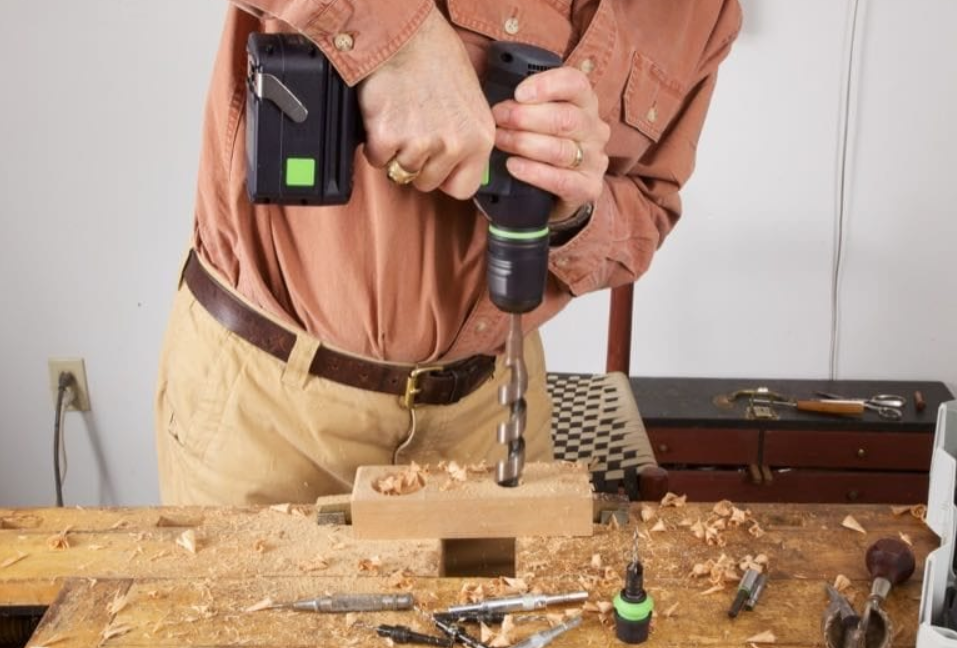[ad_1]
It hasn’t been long since your Galaxy A52 received its third and likely last major firmware update. Samsung rolled out Android 14 and One UI 6.0 for the Galaxy A52 earlier this month, and now, the company has turned its full attention to its latest Galaxy A55 model. And maybe you should, too.
Samsung announced the Galaxy A55 today, and it might be the perfect upgrade for Galaxy A52 users who are ready to move on. Granted, your Galaxy A52 barely received Android 14, so it’s not out of the game yet, but the clock is ticking fast and the Galaxy A55 looks very appealing for many reasons.
Galaxy A55 — Better everything
Whether or not you think it’s time to upgrade the Galaxy A52, there’s no other way to put it: The Galaxy A55 is plain better in virtually every way.
Samsung’s new phone has a metal frame, which is a first for the series. It also has Gorilla Glass Victus+ protection for the front and back panels, and it looks like a modern device with flat surfaces, rounded corners, and independent camera cutouts instead of a camera housing.
More importantly, the Galaxy A55 has a brighter screen (1000 nits HBM) with Vision Booster technology for improved visibility and color accuracy. And as you know, the Galaxy A52’s display can’t go higher than 90Hz if it’s not the 5G variant, whereas the Galaxy A55 can go up to 120Hz.
Samsung’s new mid-range phone also has a bigger 5,000mAh battery and improved connectivity features, including Wi-Fi 6 and Bluetooth 5.3 instead of version 5.0. The newer Bluetooth standard is faster and more reliable, offers better location-based features, and improves audio quality.
In terms of cameras, the Galaxy A55 exemplifies why more megapixels aren’t always better, especially when it comes to mid-range phones. Even if your Galaxy A52 has a 64MP primary shooter, the Galaxy A55’s 50MP camera is bound to take better photos and videos thanks to improved processing and nightography.
And if you feel like your Galaxy A52 is not powerful enough or doesn’t offer a smooth One UI experience, the Galaxy A55 might just fix that. The new model sports a minimum of 8GB of RAM instead of 4GB and can go as high as 12GB.
In addition, the Galaxy A55 has an Exynos 1480 chip, which is based on a 4nm process and boasts an AMD RDNA-based GPU.
So, what do we make of Samsung’s new phone? It’s pretty good! Nevertheless, maybe you could squeeze one more year of usage out of your Galaxy A52 if you really want to and try to enjoy the last Android 14 update. Maybe you can even push it to the launch of the Galaxy A56 next year.
On the other hand, if you are looking for worthwhile improvements right now, the Galaxy A55 is here and offers plenty of upgrades inside and out. It’s in a different league.
[ad_2]
Source Article Link




